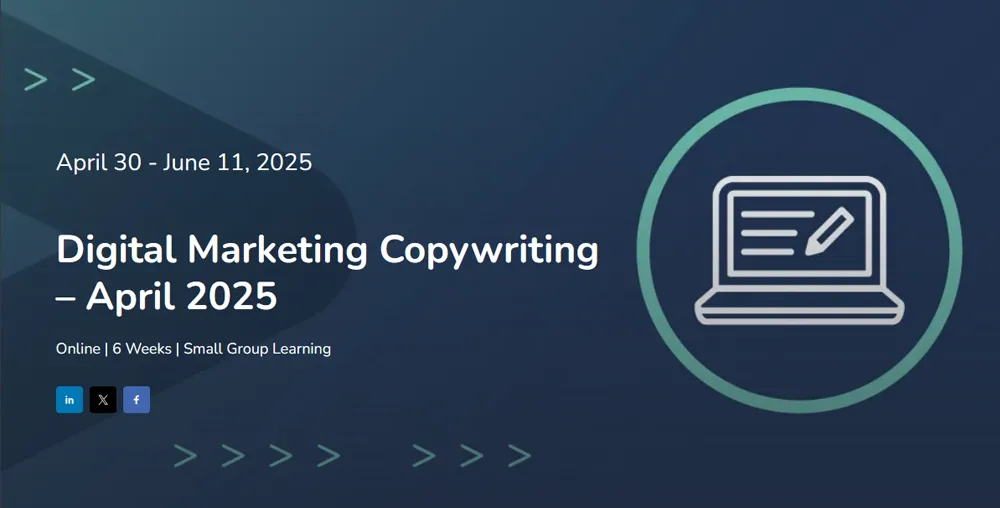Over the past year, the pandemic created waves of economic and social transformation unseen in our lifetimes. No company or marketer was safe from the abrupt change as conferences were canceled, marketing plans were scrapped, and offices closed.
However, during this past year, I also thought of the famous Henry Ford quote, “Failure is only the opportunity more intelligently to begin again.”
To make it through this storm, marketers must work harder, faster, and smarter than ever before. By learning these trends now, we won’t just survive these changes but rather learn to thrive because of them.
Harder: New Privacy Laws and Consumer Drivers
Data Protection Compliance Challenges
Our personal data, from the photos we take to the phrases that we search for, have become so very valuable. While the shift towards improved personal data privacy laws existed long before the pandemic, with digital workplaces and online social interactions becoming a greater presence in our lives, these digital footprints are under new scrutiny for how our personal data is used and shared. Yet using personal data in marketing will become much harder in 2021, not just because of Apple iOS 14 new privacy changes updates, but also from restrictive data privacy laws like the California Customer Privacy Act or Europe’s General Data Protection Regulation, both of which are forcing marketers to get more cautious (and creative!) than ever—or risk hefty fines.
At a high level, these laws mean that companies need to build in more privacy default settings for their websites and digital products, strengthen how permission is obtained, and may not have access to cookie data or lengthy lookback windows. Marketers will need to increasingly use methods to encourage prospects to willingly share their personal information, from developing more engaging content to advertising that doesn’t rely on personal identifiers to improving ad placement to more context-appropriate locations to sharing free tools. What’s clear is that marketers must do more to consistently deliver value.
Navigating Current Events and ‘Values-Based’ Marketing
The fraught world of value-based marketing was impossible for brands to avoid in 2020. The gains can be incredible, with 70% of customers believing that it’s important to buy from companies that align with their values. While brands can instantly gain relevancy by joining conversations about COVID-19, #BlackLivesMatters, or the 2020 election, they could also just as quickly get burned or come across as out of touch.
Some notable stumbles included the Australian Tourism Board’s lavish ads released on March 12, only for shelter-in-place and lockdowns to begin just days afterward, or Disney’s clumsy and controversial thanking of the Xinjiang government for their assistance with Mulan filming, despite the region’s poor human rights record.
While values-based marketing and stumbles are nothing new, these became even more relevant in 2020. In this environment, it’s no wonder that some companies are staying out of the limelight or suspending advertising altogether, from Budweiser and Coca-Cola’s noticeable absence at the Super Bowl to the 40+ major brands who stopped advertising on Facebook due to their poor hate-speech moderation. By being a part of the conversation, brands can gain viral exposure—the trick is to make sure it doesn’t make people sick.
By being a part of the conversation, brands can gain viral exposure—the trick is to make sure it doesn’t make people sick.
Faster: Deliver Instant Customer Gratification
Are you moving fast enough in 2021? According to a recent HubSpot survey, 82% of customers rated receiving an “immediate” response as important or very important. Another concerning statistic from Forrester Research revealed that nearly 60% of customers would abandon their purchase if they can’t get their questions answered quickly. The days of calling customer service only to be put on lengthy holds or receive responses 2-4 business days later are long over, especially when customers are used to the convenience of e-commerce.
To deliver faster and more satisfying customer experiences, companies must become better communicators. Some businesses are improving their communication through social listening and sentiment monitoring, others are revamping their customer service to be faster than ever through AI chatbots, or doubling-down on video marketing to make products and messaging more simple, compelling, and visual.
Fact: Only 20% of people will read text on a page, but 80% of them will watch a video.
Customers don’t have the patience to leaf through lengthy catalogs or scroll through blog posts to understand your company; instead, they want a video to instantly show what’s in it for them. This speedy communication is especially critical as more people than ever are accessing sites via mobile phones rather than desktop.
For all these reasons and more, video marketing is becoming one of the most critical ‘fast’ marketing trends. Over 72% of businesses say that video has helped to improve their conversion rate, and an overwhelming majority of customers also say that an explainer video is their preferred method of learning about a new product or service.
Far beyond the corporate video, companies are embracing video on a variety of platforms, from landing page videos to live broadcasts on Facebook, TikTok, and LinkedIn. Video has a noticeable impact on SEO too, and not only can video greatly increase visitor time, but it’s also over x50 more likely to drive organic traffic to your site. How else can marketers improve their communication? With smarter Artificial Intelligence (AI) marketing.
Smarter: The Rise of AI Marketing
While AI marketing has been touted as a top marketing trend for a few years now, never has it been more important than today when marketers must quickly react to a rapidly shifting marketplace.
AI and Machine Learning (ML) have made a range of new marketing practices possible, from the personalized content that 90% of Americans find appealing to intelligent customer service chatbots like Amazon’s Alexa or MasterCard’s Kai, to increasingly accurate predictive customer analytics. In the era of Amazon Prime Now’s delivery within just two hours of purchase, consumers expect instant gratification.
These new practices are possible because AI and ML are able to sift through countless terabytes of data to uncover hidden patterns, show customer behaviors, and glean valuable customer insights. AI enables marketers to rise to this challenge by instantly giving customers answers through chatbot technology or by making a purchase at the click of a button. As the customer journey becomes less linear and less predictable, smart marketers will be able to use AI to adapt to meet increasing customer expectations.
Turning Challenges into Opportunities
As today’s marketplace enters uncharted territories, it’s up to today’s savvy marketers to navigate the way. While the journey may be bumpy, keeping Henry Ford’s words in mind can turn failures into smarter new beginnings, allowing marketers to adapt to harder, faster, and smarter markets, and successfully sail the tides of change.









Comments are closed.